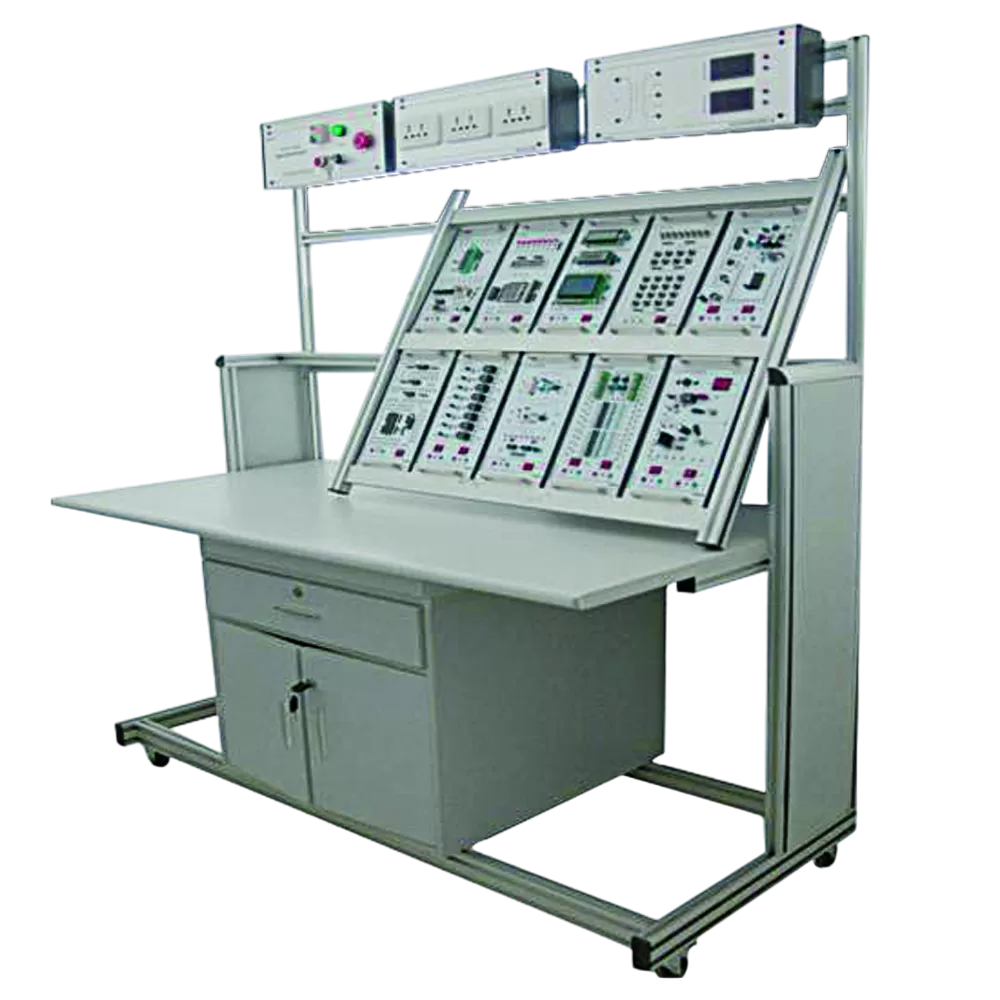What is Didactic Training Equipment?
Didactic training equipment refers to specialized tools and resources designed to facilitate hands-on learning. These are commonly used in educational institutions and training centers to enhance practical skills.
Importance of Didactic Equipment in Modern Education
Modern education relies heavily on interactive learning. Didactic equipment bridges the gap between theory and practice, ensuring students gain real-world experience.

Key Benefits
Enhanced Learning Outcomes: Interactive tools engage students better than traditional methods.
Skill Development: Offers hands-on experience in technical and vocational fields.
Industry Relevance: Aligns with current industry standards, making learners job-ready.
Types of Didactic Training Equipment
1. Electrical and Electronics Kits
These kits provide a solid foundation in circuits, wiring, and electronic devices. Popular examples include:
2. Mechanical Training Systems
Perfect for understanding mechanical operations, these systems include:
3. Virtual Simulators
Simulators replicate real-world environments virtually, allowing learners to practice complex operations. Key applications include:
4. Laboratory Equipment
Laboratories equipped with advanced tools help students conduct experiments safely. Examples include:
Are Intermittent Side Sealers Compromising Your Packaging Efficiency?Working Principle of Carbonated Soft Drink Filling Machine
How to Choose the Right Didactic Equipment
Understand Your Curriculum Needs
Select equipment that aligns with your educational objectives. For instance, engineering courses may require mechanical or electrical systems.
Focus on Quality and Durability
Invest in high-quality equipment to ensure long-term use and accurate results.
Ensure Safety Standards
Safety is paramount. Look for certifications and built-in safety features.
Consider Scalability
Choose modular equipment that can be upgraded as your training requirements evolve.
Popular Brands in Didactic Equipment
Several manufacturers provide reliable solutions:
Festo Didactic: Known for its pneumatic and hydraulic trainers.
Edibon: Specializes in technical and vocational education tools.
Lucas-Nülle: Offers a range of electrical training systems.
Maintenance Tips for Didactic Equipment
Regular Inspections: Identify and address wear and tear early.
Proper Storage: Store tools in clean, dry environments to prevent damage.
Follow Manufacturer Guidelines: Adhere to recommended maintenance schedules.
The Future of Didactic Training Equipment
As technology advances, the integration of AI and IoT in training tools is on the rise. Smart labs and automated systems are shaping the future of education.
Embracing Innovation
Investing in modern equipment ensures students are prepared for the rapidly evolving job market. Virtual reality and augmented reality are also becoming game-changers in interactive learning.
Conclusion
Didactic training equipment plays a crucial role in shaping skilled professionals. By investing in the right tools and embracing innovation, educators can provide transformative learning experiences. Start enhancing your training programs today with cutting-edge didactic solutions!
For more details please visit www.dolangeducation.com




Comments
Please Join Us to post.
0